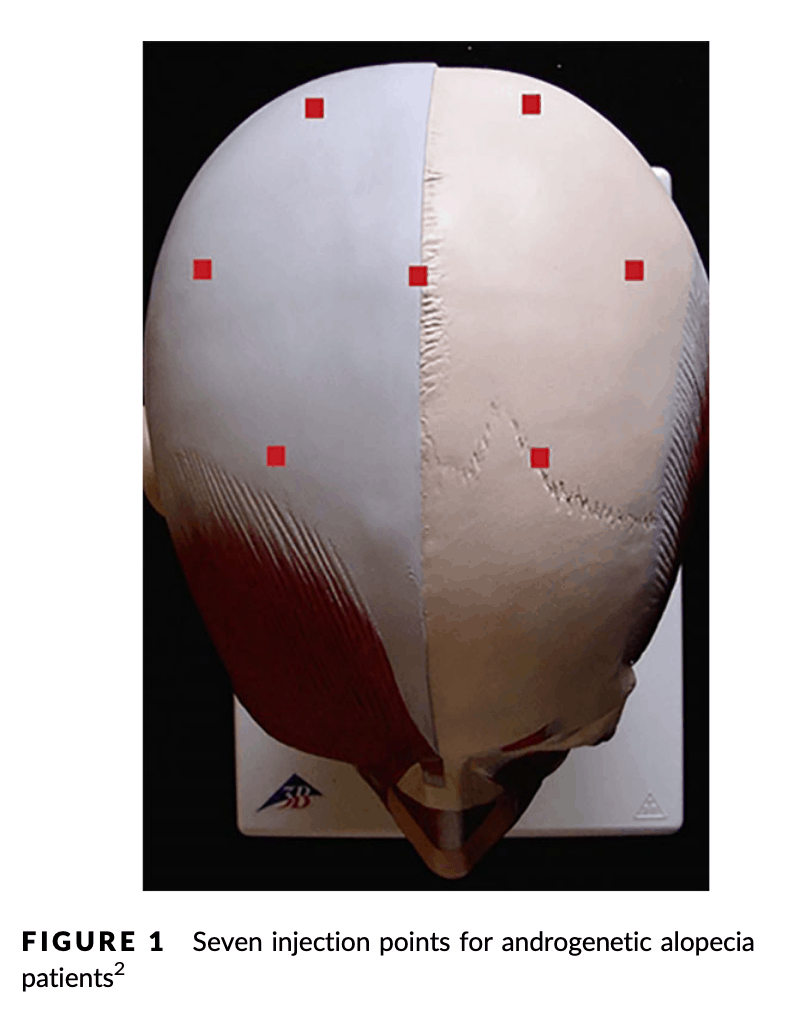
Carbon dioxide is a miracle new treatment for hair loss and hair growth — check it out
—-Important Message—-
This “hotwires” a man’s pleasure centers for more explosive, more intense, full-body O’s

I’ve found a way to reduce the refractory period men experience after coming…
No waiting around. No “recharge” necessary.
I can keep enjoying that orgasmic feeling for hours, even all day if I want.
And it works in just 45 seconds.
Here’s how to “hotwire” your pleasure centers for more O’s and more pleasure
P.S. Weirdly enough, this method also heals the prostate!
———-
Boost carbon dioxide this way to grow new hair in 6 weeks
Hair loss, balding, alopecia, male pattern baldness, androgenetic alopecia.
Different names for the same thing.
While for many years it was seen as a genetic development, independent of the rest of the physiological processes in the body, it is now well accepted as a sign of metabolic decline.
As part of this renewed understanding of human physiology, carbon dioxide is starting to be understood as incredibly beneficial, instead of a poisonous gas, which it is not (often mistaken for carbon monoxide).

Carbon dioxide is the main product of cellular respiration (production of energy by cells), and may be our most protective factor:
“Carbon dioxide has antioxidant effects, and many other stabilizing actions, including protection against hypoxia and the excitatory effects of intracellular calcium and inflammation.’’ – Peat (2011)
This is not necessarily new knowledge, since carbon dioxide was used therapeutically going back to the early 20th century.
Returning to hair loss…
A 2018 study by Doghaim et al., used carboxytherapy, or the localized injection of carbon dioxide, to treat androgenetic alopecia (AGA).

The study involved transdermal injections of 2ml carbon dioxide at seven locations on the scalp.
The patients with AGA were treated once a week for 6 weeks.
The results were conclusive, overall hair growth and density improved significantly.
During a follow-up period of 3 months after the last treatment, a regression was observed, but the outcomes were still better than before the carbon dioxide.
This study points to some very interesting implications for treating hair loss.
6 weeks is not very long at all.
It is likely that this treatment could be even more successful, if it was done regularly for say 6 months.
While carboxytherapy is not particularly difficult to implement for a skilled dermatologist, it is not very practical for the layperson.
However, there may be another way to increase carbon dioxide levels in the scalp:
The local concentration of carbon dioxide in specific tissues and organs can be adjusted by nervous and hormonal activation or inhibition of the carbonic anhydrase enzymes that accelerate the conversion of CO2 to carbonic acid, H2CO3. – Peat (2011)
Inhibition of the carbonic anhydrase enzymes prevents the breakdown of carbon dioxide and thereby increases its levels in tissues.
Thiamine HCL (vitamin B1) is an example of a potent carbonic anhydrase inhibitor.
It may be possible to replicate this study’s therapeutic effects by using topical thiamine HCL, dissolved in alcohol and water, and applying it directly to the scalp.
However, as usual, this doesn’t address the root cause of the hair loss, which always leaves people susceptible to relapse and regression.
Low carbon dioxide levels in tissues are clearly associated with hypothyroidism which is itself associated with various stressors of modern life.
A localized approach such as carboxytherapy or topical thiamine may very well be useful, but it has to be combined with systemic lifestyle improvements to yield truly satisfying results.
—-Important Message for Men About Hair Loss—-
This one toxic chemical hiding in toilet paper causes prostate problems, hair loss, and more
I’ve discovered one toxic chemical hiding in 80% of all toilet paper.
And every time we use this toilet paper, this chemical gets into our bloodstream…
And this one toxic chemical poisons our prostate…
…it poisons our male hormones…
It leads to blood flow problems, erections problems…
…and it even leads to hair loss…
———-

Doghaim, N. N., El-Tatawy, R. A., Neinaa, Y., & Abd El-Samd, M. M. (2018). Study of the efficacy of carboxytherapy in alopecia. Journal of cosmetic dermatology, 17(6), 1275–1285.
DOI: 10.1111/jocd.12501
https://pubmed.ncbi.nlm.nih.gov/29460509/
Peat, R. (2011). Protective CO2 and Aging.
https://raypeat.com/articles/articles/co2.shtml
Özdemir, Z. Ö., Şentürk, M., & Ekinci, D. (2013). Inhibition of mammalian carbonic anhydrase isoforms I, II and VI with thiamine and thiamine-like molecules. Journal of enzyme inhibition and medicinal chemistry, 28(2), 316–319. https://doi.org/10.3109/14756366.2011.637200
https://pubmed.ncbi.nlm.nih.gov/22145674/
Lee, H. T., & Levine, M. (1999). Acute respiratory alkalosis associated with low minute ventilation in a patient with severe hypothyroidism. Canadian journal of anaesthesia = Journal canadien d'anesthesie, 46(2), 185–189. https://doi.org/10.1007/BF03012556
